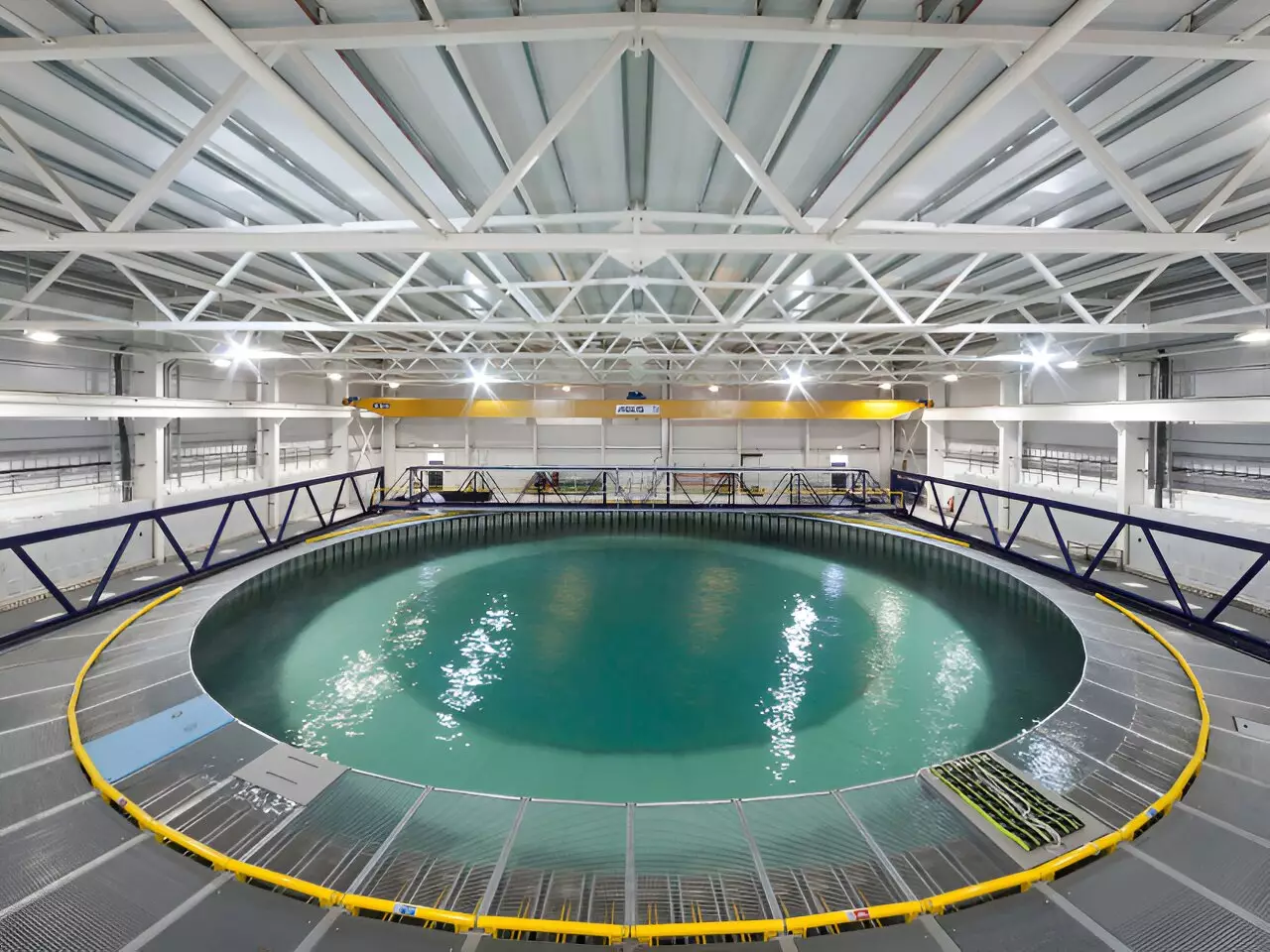The ocean, a vast and intricate body of water, has always intrigued scientists and researchers. A recent study has challenged previous notions about ocean waves, revealing that they are far more dynamic and complex than the long-held two-dimensional models suggested. This groundbreaking research sheds light on how waves can surge to unprecedented heights and introduces a nuanced understanding of wave interactions, reshaping the framework through which we study oceanic phenomena.
Historically, ocean scientists have subscribed to a simplified view of waves as two-dimensional entities that propagate in a singular direction. This approach has limited our understanding of wave interactions, particularly under varied conditions. However, the latest findings demonstrate that waves are rarely confined to such simplicity. When waves approach each other from different vectors, interesting interactions occur that can lead to extremely steep wave formations—up to four times steeper than previously anticipated. Researchers, including key figures from renowned institutions such as The University of Manchester and the University of Oxford, are emphasizing the significance of three-dimensional wave dynamics, which have been largely overlooked.
Dr. Samuel Draycott, a prominent figure in this research, asserts that when wave systems cross—such as when wind patterns abruptly change or during severe weather conditions like hurricanes—these multidirectional waves can grow significantly taller before breaking. The capacity of these waves to reach such heights presents a challenge to the established understanding of wave dynamics that have formed the basis of marine engineering and safety protocols.
The ramifications of this research extend to the fields of offshore engineering and marine construction. Current designs of offshore structures, including wind turbines and drilling platforms, are based on outdated two-dimensional models, which may lead to discounted risks associated with extreme wave heights. Professor Frederic Dias highlights that three-dimensional waves inherently possess a greater potential for breaking in various manners, which necessitates a reevaluation of existing engineering standards.
The research illuminates the potential for catastrophe if marine infrastructures are not designed with the realities of three-dimensional wave behavior in mind. As Dr. Mark McAllister points out, reliance on conventional models could lead to underprepared structures that may fail under the strain of extreme weather conditions. This necessitates an urgent review of safety features in marine engineering to accommodate the complexities presented by multidirectional wave patterns.
Beyond engineering aspects, the newfound understanding of wave dynamics could influence climate modeling and environmental forecasting. Ocean waves play a crucial role in air-sea interactions, notably in the regulation of carbon dioxide absorption and transport of various oceanic materials, including phytoplankton and microplastics. Understanding how three-dimensional waves interact will provide deeper insights into these processes.
Dr. Draycott emphasizes the pivotal nature of wave breaking in environmental exchanges, indicating that an enhanced comprehension of these dynamics may contribute to efforts in environmental conservation and climate change mitigation. By assessing the role of wave dynamics in the transport of pollutants and nutrient distribution in the ocean, scientists could better model and predict changes in marine ecosystems.
This pivotal research builds upon previous studies, particularly the analysis of the infamous Draupner freak wave. Utilizing advanced methods and facilities such as the FloWave Ocean Energy Research Facility at the University of Edinburgh, the researchers developed new techniques to study breaking waves in three dimensions. The facility’s innovative capabilities allow for the generation of complex sea states that mimic real-world conditions, providing invaluable data on wave behavior.
Dr. Thomas Davey, a leading experimental officer at FloWave, notes the importance of accurately depicting ocean conditions at a laboratory scale. This approach not only deepens our understanding of wave phenomena but also enables the formulation of more effective designs and safety measures in marine settings.
As this research illustrates, the ocean is a dynamic and intricate environment, one that requires an evolved understanding as we confront the challenges of climate change and sustainable engineering. The shift from a simplistic, two-dimensional view of waves to a more complex, three-dimensional perspective opens new avenues for research and application. By taking these findings into account, we can better prepare for the extremes of nature, ensuring a safer interaction with our planet’s oceans and a more resilient approach to marine engineering. This study is not just a scientific exploration; it is a clarion call for innovation in how we design our future in harmony with the omnipotent forces of the sea.


Leave a Reply